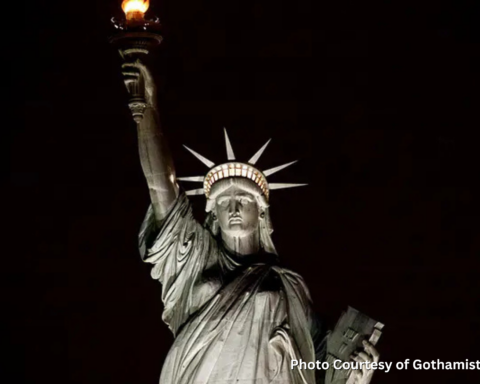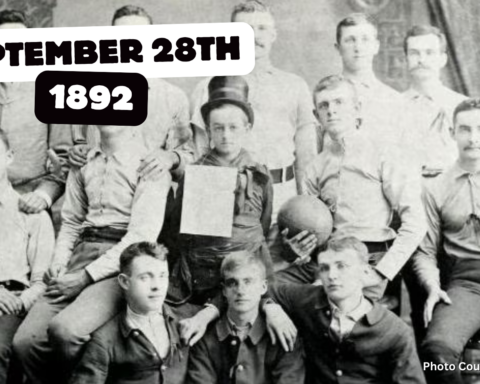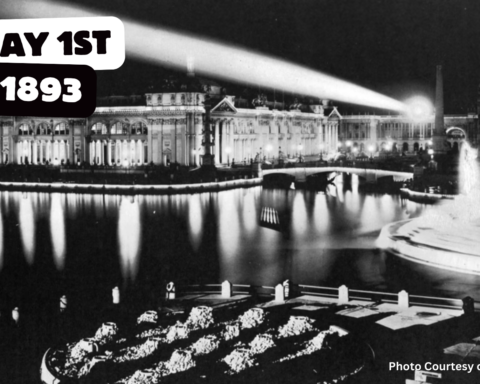In honor of National Inventors Month, we celebrate the remarkable contributions of Narinder Singh Kapany, often referred to as the “Father of Fiber Optic Lighting.” Kapany’s pioneering work in the field of optics revolutionized the way we transmit and harness light and in many cases data and information, laying the foundation for the development of fiber optic technology that powers our modern world.
Born in Moga, Punjab, India in 1926, Narinder Singh Kapany was a visionary scientist and inventor whose groundbreaking research in the 1950s paved the way for the creation of fiber optics. His early experiments with transmitting light through optical fibers led to the development of a new way of transmitting images, data, and information over long distances with minimal loss of signal.

One of Kapany’s most significant inventions was the concept of using bundles of optical fibers to transmit light, a breakthrough that would later revolutionize telecommunications, medical imaging, and lighting technology. Fiber optic lighting, in particular, has transformed the way we illuminate our homes, buildings, and public spaces, offering energy-efficient, versatile, and aesthetically pleasing lighting solutions.
Early in his doctoral research, Kapany made an amazing discovery. He demonstrated the transmission of images through bundled fiber optic strands. This simple discovery would open the doors to new fields of industry and have far reaching implications to almost all avenues of our modern world.
His innovations have enabled high-speed internet connections, advanced medical imaging techniques, and improved communication systems, shaping the way we live, work, and interact with the world around us.
His innovation in being able to deliver light through flexible fiber bundles created many advancements in our modern lighting industry including the endoscope which revolutionized medical diagnostics and surgery. This remarkable innovation opened up a new realm of possibilities in medicine, allowing doctors to see inside the human body without invasive procedures.

Other lighting applications profoundly affected by the development of fiber optic lighting include decorative lighting, display lighting, pool and spa lighting, laser projector, cove lighting, task lighting and headlamps as well as many others.
Additionally, Kapany co-founded Optics Technology, Inc., which manufactured fiber optics systems for medical and industrial applications.
Through this venture, he played a vital role in bringing fiber optics technology out of the lab and into practical use. Kapany’s dedication and ingenuity earned him over 100 patents related to fiber optics and other technology areas, cementing his status as a true mastermind.
Kapany never received a Nobel prize for his invention of fiber optics but Fortune Magazine called him one of “Seven Unsung Heroes of the 20th Century” for his “Nobel Prize deserving invention.” He also received India’s second highest civilian award, the Padma Vibhushan, posthumously in 2021. Dr. Kapany was also on Time Magazine’s list of top ten scientists of the 20th century in Time’s last issue of 1999.
Dr. Kapany died on December 4, 2020 at the age of 94, but his impact continues to grow and we will not truly discover the full impact of his inventions and discoveries for generations to come.
As we celebrate National Inventors Month, let us remember and honor the legacy of Narinder Singh Kapany, a true pioneer whose delivery of light and data through fiber bundles transformed our world.
UP NEXT: Nick Holonyak, Jr. – Inventor of the first visible LED
Featured Image Courtesy of India Times.





